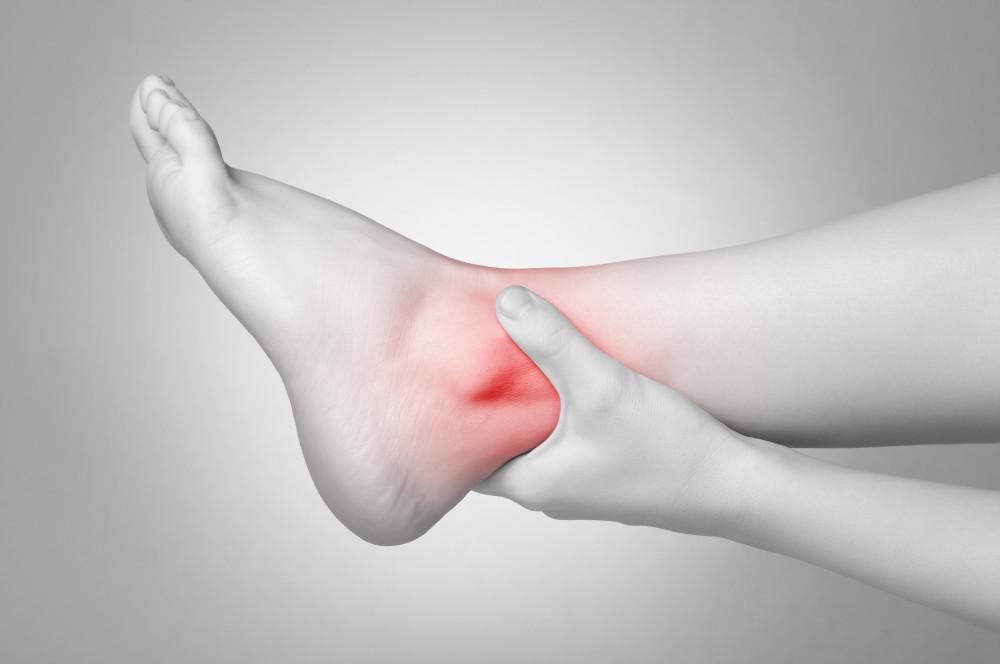Ankle injuries are very common. Although this joint is small, it can cause a great deal of pain if you injure it. Your ankles are especially prone to injury because they support your entire body weight.
Some injuries to the ankle are more common than others. Most ankle injuries resolve themselves with rest and self-care. In this blog, the providers at Great Lakes Foot and Ankle Institute explain five causes of severe ankle pain and what you can do about it.
1. Sprains
Ankle sprains occur when ligaments in the ankle tear or stretch. Ligaments are bands of tissue that connect bones to other bones. You can sprain an ankle by turning your ankle the wrong way or extending the joint too much.
2. Bursitis
Fluid-filled sacs called bursae cushion your joints. Bursitis occurs when these sacs become inflamed and irritated. Bursitis is more likely to occur near joints that perform frequent repetitive motions.
3. Tendonitis
Tendonitis is a soft-tissue injury that occurs when the tendons in your ankle become inflamed or irritated. Tendons connect your muscles to bones. Tendonitis is more likely to occur in people who perform repetitive motions.
4. Arthritis
Arthritis is another common cause of ankle pain. It happens most often in older adults, although people can experience arthritis at any age. Arthritis occurs when cartilage in a joint breaks down over time, allowing the bones in the joint to rub against each other.
5. Fractures
A fracture is a break in the bone. Fractures can range from mild to severe, but any type of break in the ankle can cause pain and swelling. Broken ankles can involve any of the bones in the ankle joint.
Treating ankle injuries
If you’ve injured your ankle, your provider at Lakes Foot and Ankle Institute will give you a thorough evaluation. As part of your evaluation, your provider may order X-rays or other imaging tests. Once a diagnosis is made, your provider will develop a treatment plan.
For injuries that don’t require surgical repair, you may be advised to rest as much as possible and keep pressure off of your affected ankle. Your provider may also advise you to apply ice to reduce pain and swelling as well as take over-the-counter pain relievers, such as Tylenol® or Advil®. You may also be advised to wear an ankle brace.
In some cases, such as those involving torn tendons or broken bones, you may need surgery. Every case is different, but surgeries involving the ankles are generally outpatient procedures, meaning you will likely be able to go home the same day of your surgery.
Your provider may also recommend that you work with a physical therapist. Physical therapy may help reduce your ankle pain and increase your range of motion.
If you’ve injured your ankle, we can help. To get a thorough evaluation and to learn about your treatment options, book an appointment over the phone with Great Lakes Foot and Ankle Institute today.

